Tragic Depictions: Negative Emotions in the Visual Arts
Teaching Gallery
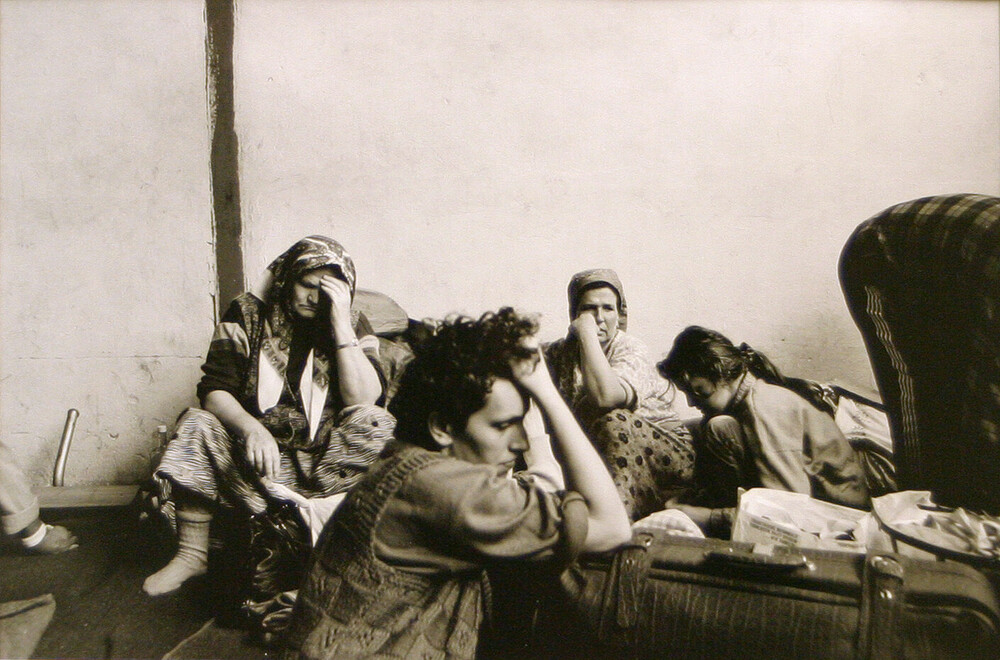
This exhibition explores the puzzle of why we seek out and enjoy negative emotions caused by our engagement with art, such as the sadness we feel when we read a sad story or the fear we feel when we watch a scary movie. These are emotional experiences that characteristically feel bad, yet we often pursue them and sometimes even enjoy them. In the 4th century BCE, Aristotle set the agenda for subsequent work on this “paradox of tragedy,” arguing that tragic drama effects a “catharsis” (or release) of pity and fear.
By shifting the spotlight away from Aristotle’s focus on narrative fiction and onto the visual arts, new questions emerge. Photographs—such as Gilles Peress’s images of Bosnian refugees (1993) and a massacre site in Rwanda (1994)—present us with perceptual access to real subjects who become not only catalysts for our empathetic emotional reactions but also, inadvertently, the objects of our aesthetic enjoyment. In addition to evoking sadness and fear, figural representation also seems uniquely suited to provoke disgust and revulsion, as in the case of Nicole Eisenman’s Untitled (2012). By contrast, Alexander Calder’s Bayonets Menacing a Flower (1945) presents us with an ominous abstraction that gestures at the nature of fear while challenging the limits of emotive figuration. Through an array of representational strategies, these artists compel viewers to witness scenes of war, injustice, and violence—not in spite of but because of the negative emotions that might result.
Tragic Depictions is organized by Allan Hazlett, associate professor in the Department of Philosophy in Arts & Sciences, in conjunction with a special section of his course “Philosophy of the Arts” devoted to art and negative emotions, offered in spring 2024.
Selected works
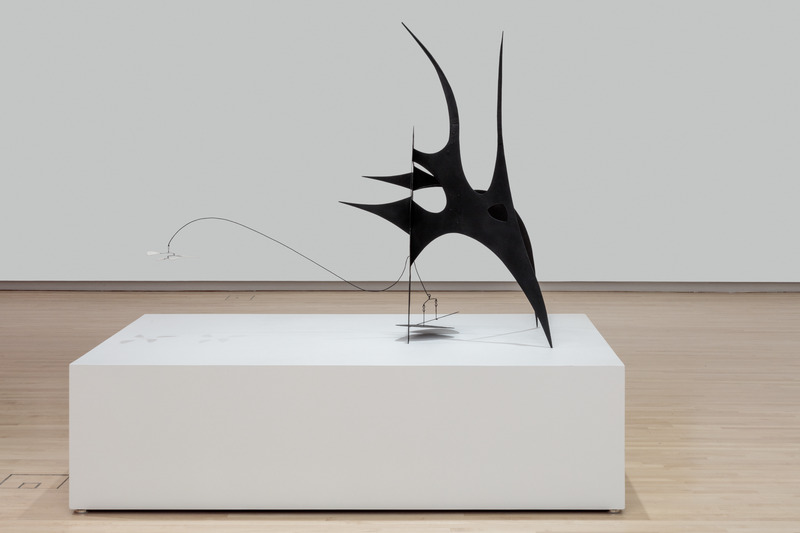
Alexander Calder
Bayonets Menacing a Flower
1945
Gilles Peress
Bosnian Muslim Refugees from Banja Luca arriving at a dispatching center, Travnik, Bosnia 1993, from the book Farewell to Bosnia
1993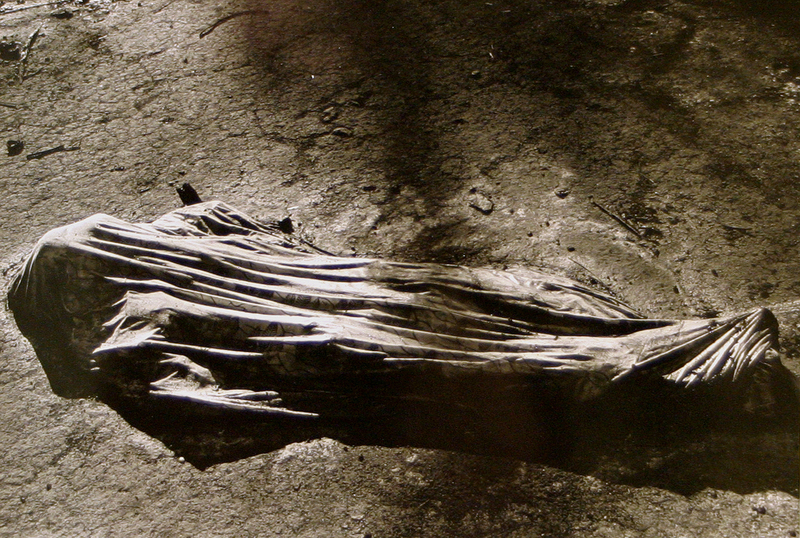
Gilles Peress
Massacre Site, Nyarubuye, Rwanda 1994, from the book The Silence, Chapter 1, the Sin
1994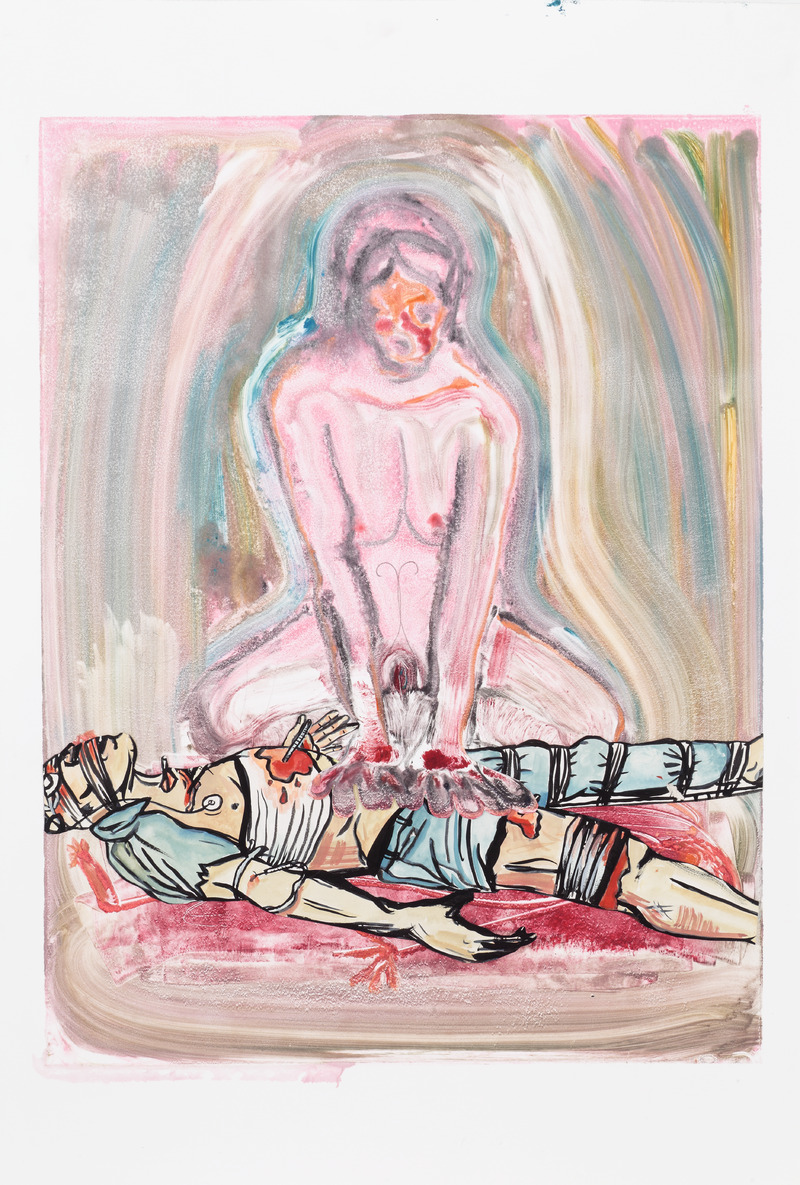
Nicole Eisenman
Untitled
2012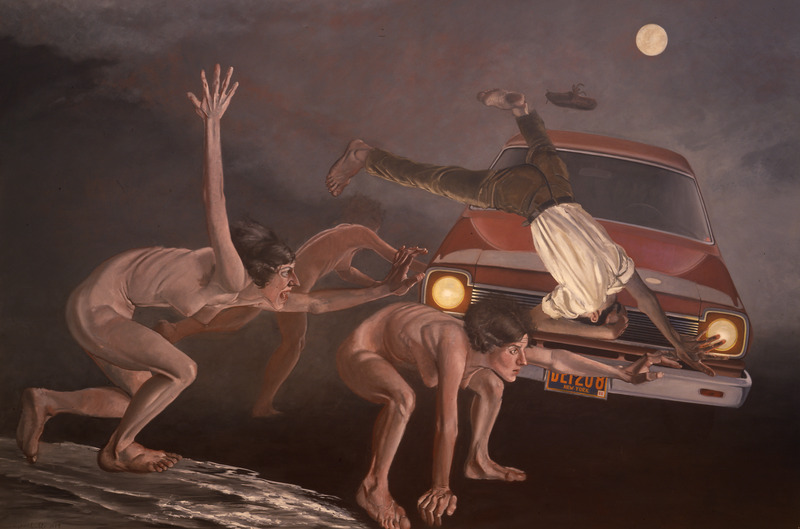
Alfred Leslie
The Accident
1969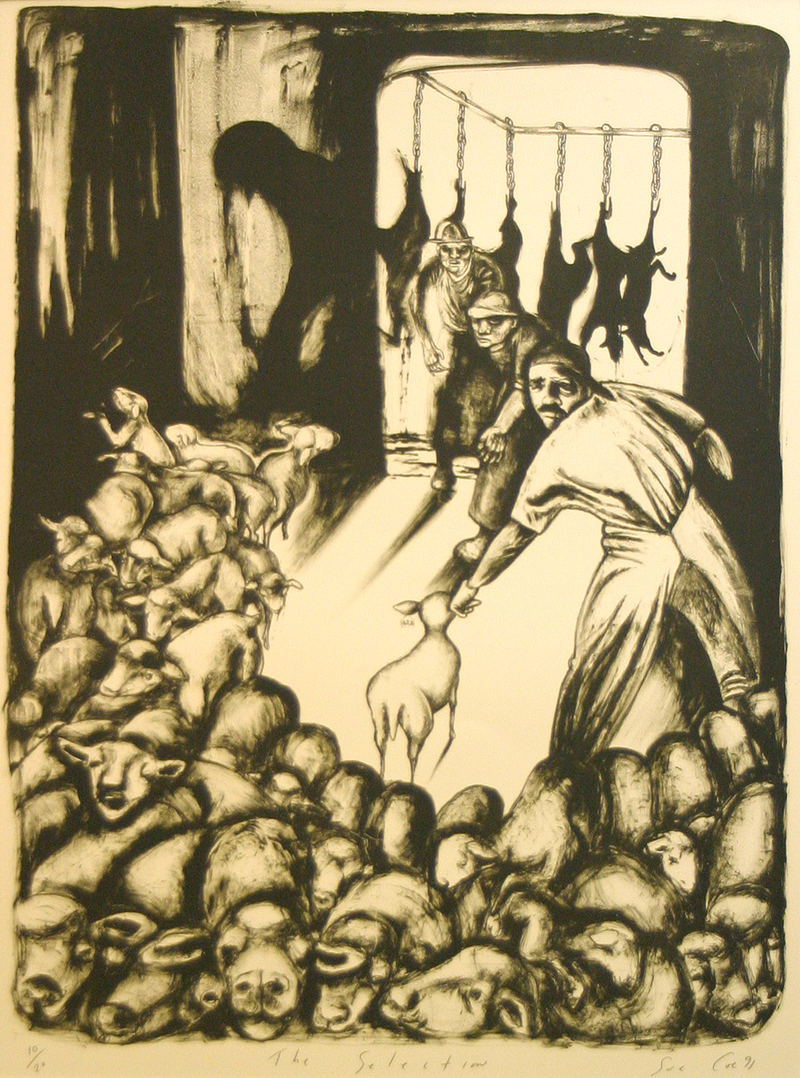
Sue Coe
The Selection
1991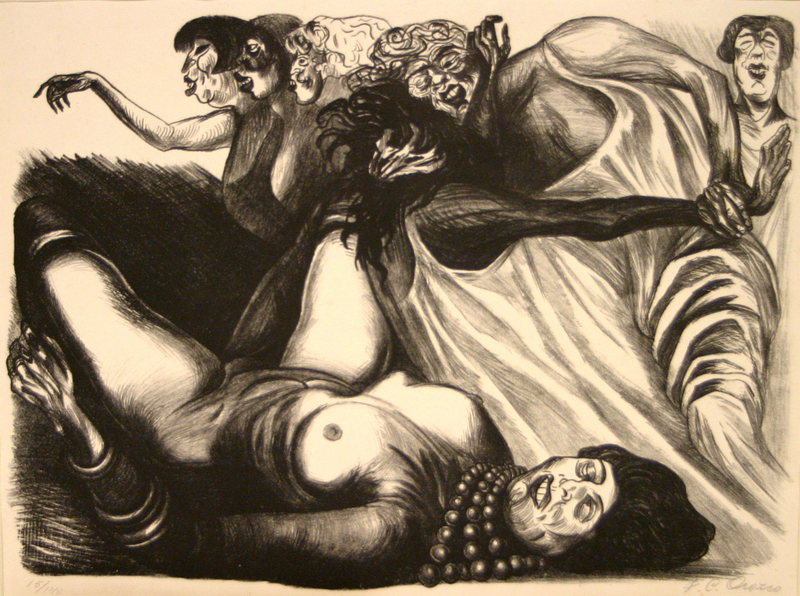
José Clemente Orozco
Mujeres (Women)
1935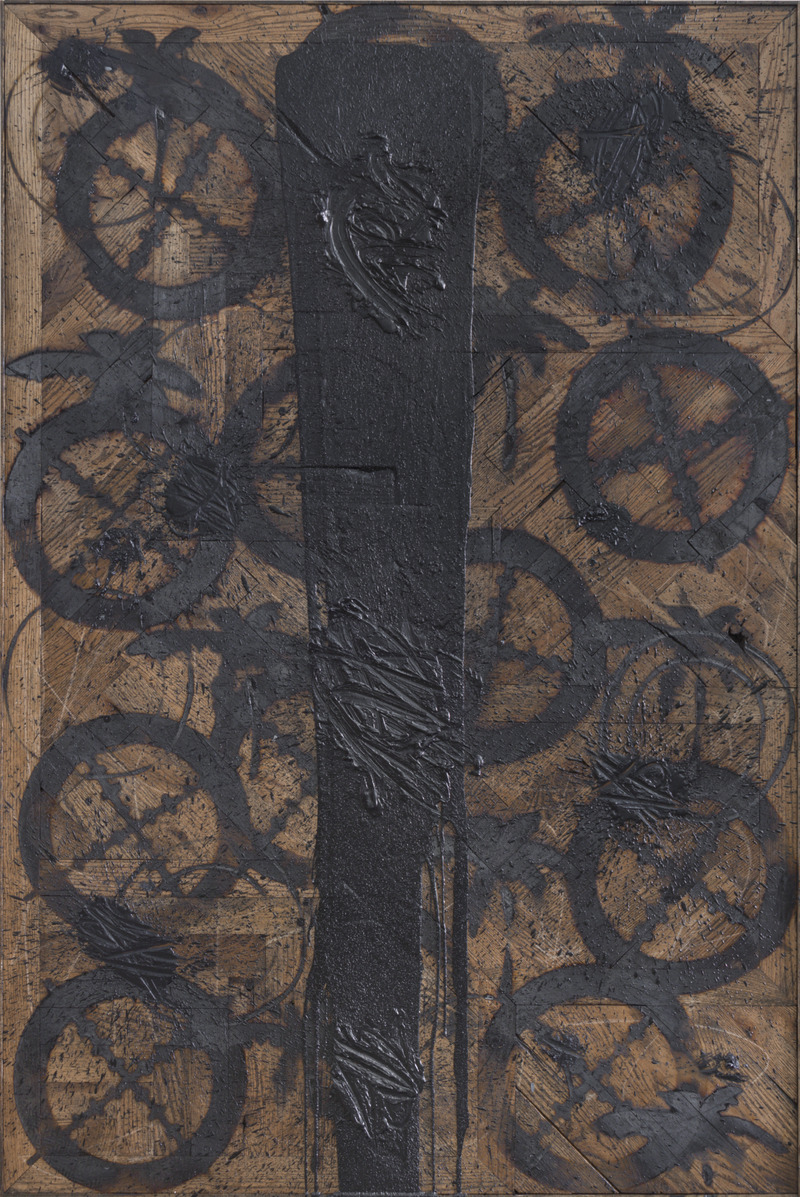
Rashid Johnson
Express
2013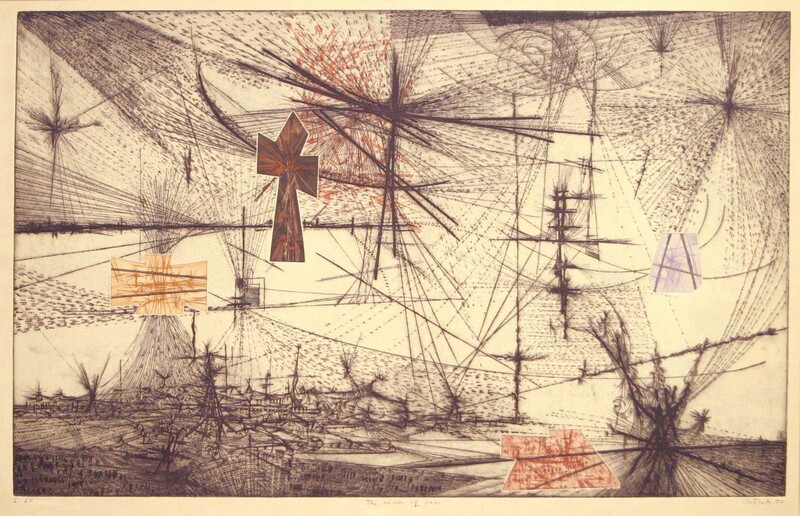
Gabor Peterdi
Vision of Fear
1953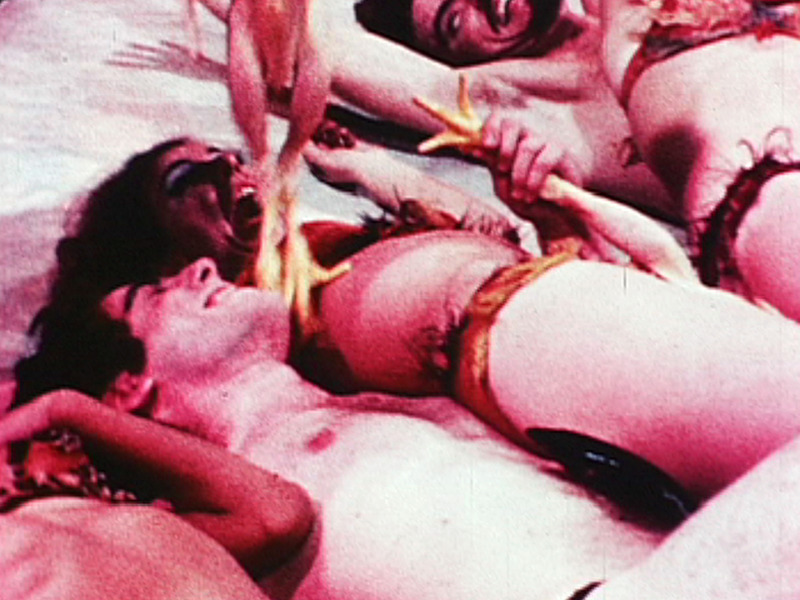
Carolee Schneemann
Meat Joy
1964–2010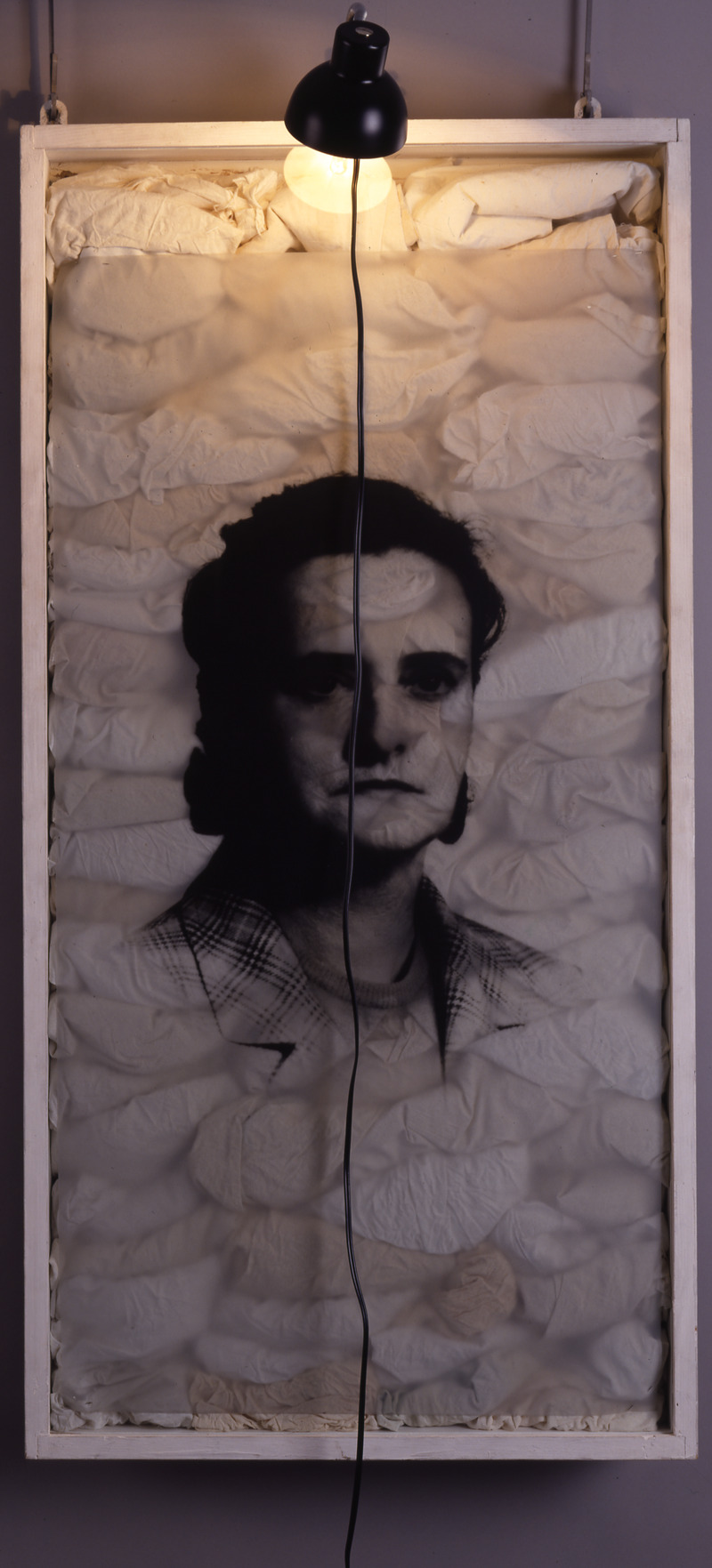
Christian Boltanski
Padre Mariano
1994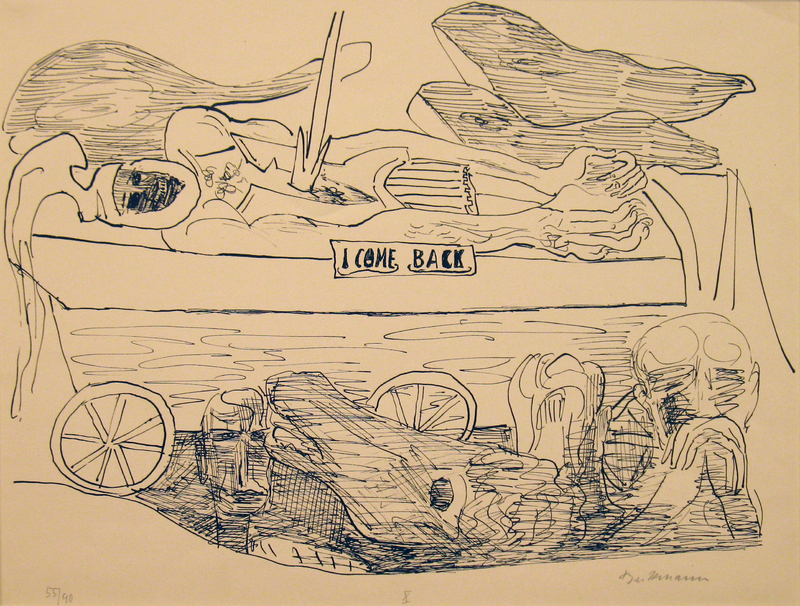
Max Beckmann
Dream of War, from the portfolio Day and Dream
1946Teaching Gallery
The Teaching Gallery is a space in the Kemper Art Museum dedicated to presenting works from the Museum's collection with direct connections to Washington University courses. Teaching Gallery installations are intended to serve as parallel classrooms and can be used to supplement courses through object-based inquiry, research, and learning. Learn more